``There must first be a Wanja who is taken care of, before she can be of service.`` ``There must first be a Wanja who is taken care of, before she can be of service.``
Wanja Muguongo is a queer African feminist, social justice activist and movement builder. She is the founding Executive Director of UHAI EASHRI (www.uhai-eashri.org), an organization that leverages funding, capacity support, research, and convening to address the structural and systemic discrimination and marginalization that people of non-conforming sexual orientation, sexual expression, and gender identity continue to face in Africa. She served as the organization’s Executive Director until her retirement in January 2019.
“I was fortunate to become a part of the Wellbeing Project after working in the human rights field for over 15 years, and at UHAI-EASHRI for seven years. Any human rights work is challenging, but with founding UHAI, the challenge was compounded by the fact that the lesbian, gay, bisexual, intersex, transgender and sex worker communities that I served, and that I was a part of, are criminalised and marginalised. When I was selected for The Wellbeing Project I had hacked my way through seven years of incredibly difficult work – wonderfully meaningful and fulfilling, but exhausting. I was the leader of a fund that makes grants to LGBTQI communities and sex workers in East and Central Africa. When you work in an oppressive system with the goal of changing that system, you are constantly aware of how little power you have and how much power the oppressors have.
Further complicating the work, UHAI EASHRI is a participatory grantmaker, one of the first of its kind in the human rights philanthropic sector. It makes grants from the perspective of activists rather than the philanthropists; to remove the disconnect between where the money comes from and where the work happens. In my role I raised money while making clear to the donors it was the beneficiary communities themselves who would be the decision-makers on what the money would be used for and by whom. That’s a significant power shift, and I needed to make sure that shift was authentic, and doing that is really, really difficult considering how much power donors want to wield in philanthropic relationships.
I was so physically and emotionally burned out by the time I was introduced to The Wellbeing Project, that I could almost smell the smoke. I had not taken time off work or vacation time in seven years. It felt impossible to take a break while terrible homophobic laws were being debated and passed in African legislatures, while the space for democracy and dissent was shrinking, and while at the same time fundraising and trying to ensure that activists had the resources they need and that staff got paid.
When I showed up at the initial retreat for The Wellbeing Project, the first thing the organizers asked us to do was introduce ourselves to the group without talking about our work. That was the beginning of the wellbeing shift for me. I had been consumed by my work and responsibilities my entire life. For the first time I was asked, ‘Who am I when I am not at work? Who am I when I am not doing this?’
The Wellbeing Project created space for me to interrogate myself and discover who I was outside of all the responsibilities I had. I was able to ask myself who I was when I was not an activist, mobilising action and raising resources.’ I asked myself, ‘What brings me joy that doesn’t have to do with the movements I serve? What brings me sorrow that doesn’t have to do with the work?’ I began to search for those things, people, and places that bring me joy.
Because of the journey of self-care that I began with The Wellbeing Project, I was able to reflect on what I had achieved professionally and see the impact of my life’s work, and I was therefore able to give myself the permission to leave. I started my exit planning and within 3 years I resigned from my role and left human rights work. I left not only my job but also the human rights field, recognising I had done enough. It was as much as I could do, recognising the finiteness of my contribution. It was important to leave and feel I did my part and not feel guilty. In conversations I had with partners in the field and donors I was asked, “How can you leave when there’s so much to be done?” I was one of the few African women in human rights philanthropic leadership. I had to be clear in my head and recognise I had accomplished what I had set out to do, and now it was time to stop.
My exit planning took three years. Closing that door is one of the hardest things for founding Executive Directors. My exit journey also helped me explore power and control, and how the loss of power and control can be so unfathomable and untenable sometimes. Who am I when I don’t have the title of CEO behind my name? How am I going to reinvent myself? My departure helped engender important conversations about leadership transitions in our field. How do leaders commit to being themselves and give themselves permission to leave? The stakes are so high and you feel really guilty.
While I will always be in service to others and to the earth and to life, now I have become more aware of what I want, rather than what is needed. It’s a mindset shift. I have allowed myself to interrogate my sense of responsibility to others and to the world and to ensure that I can serve without getting lost in the service of others.“

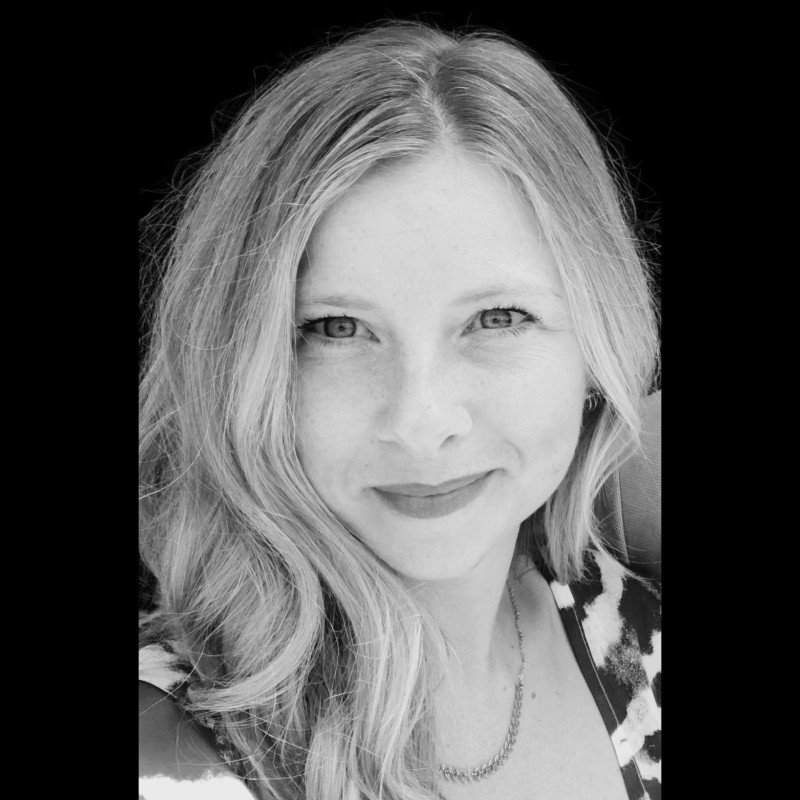
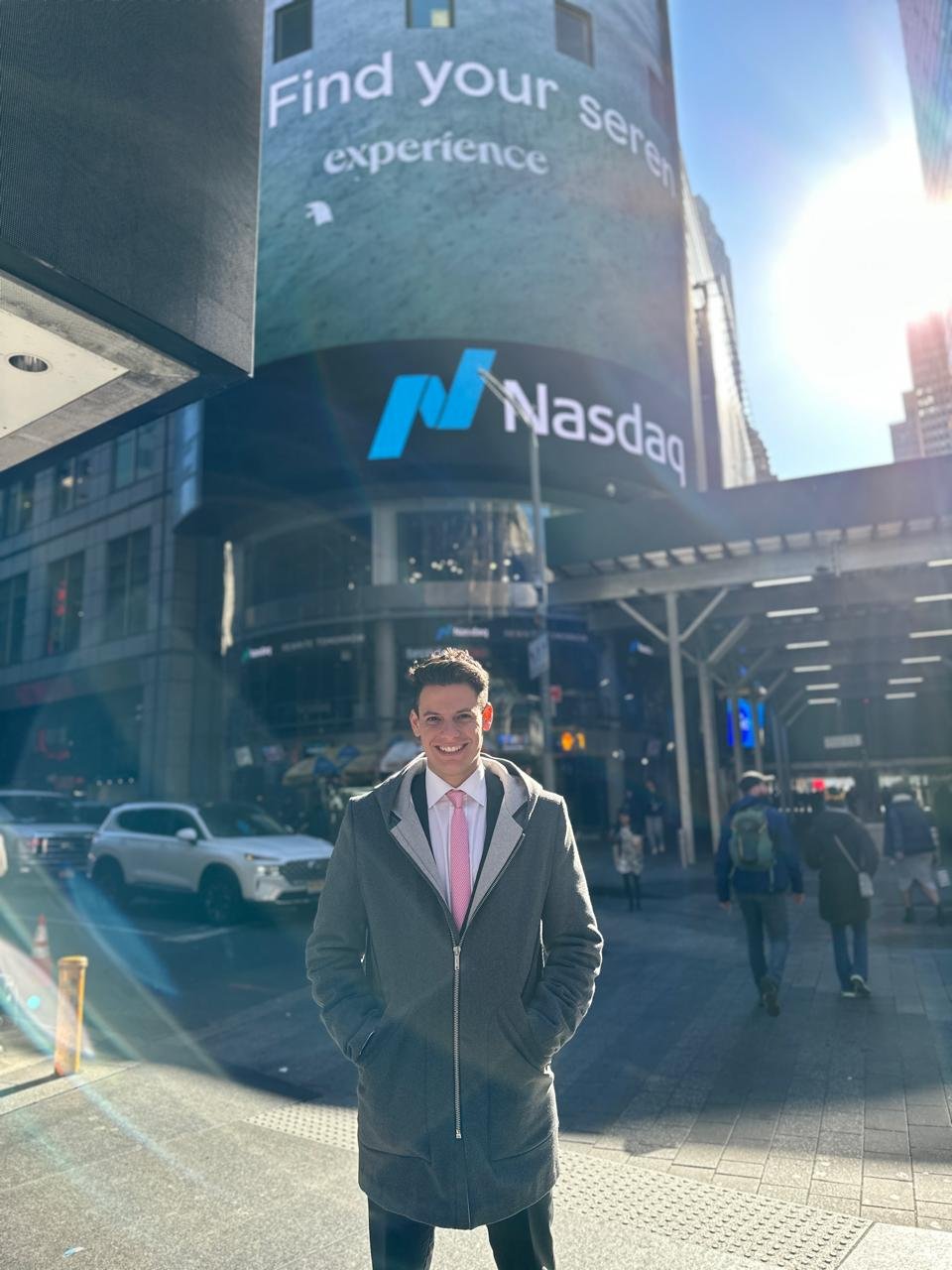
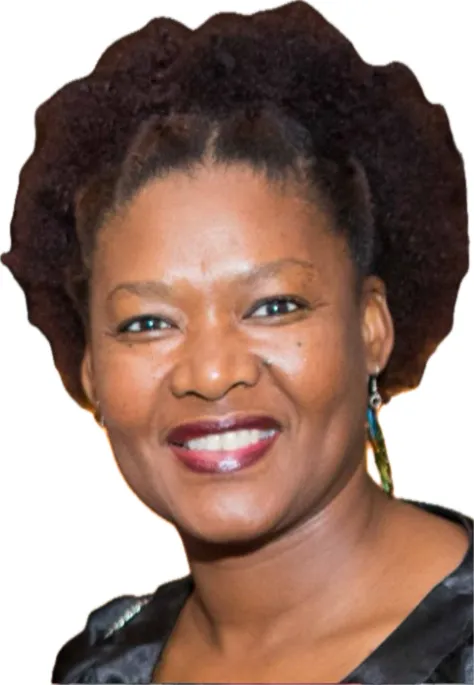
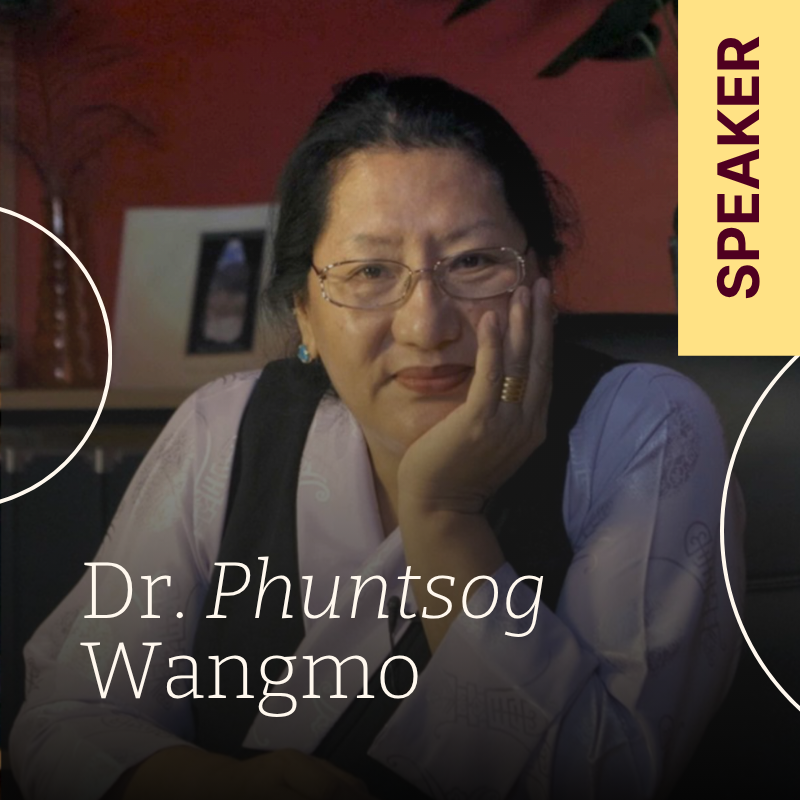
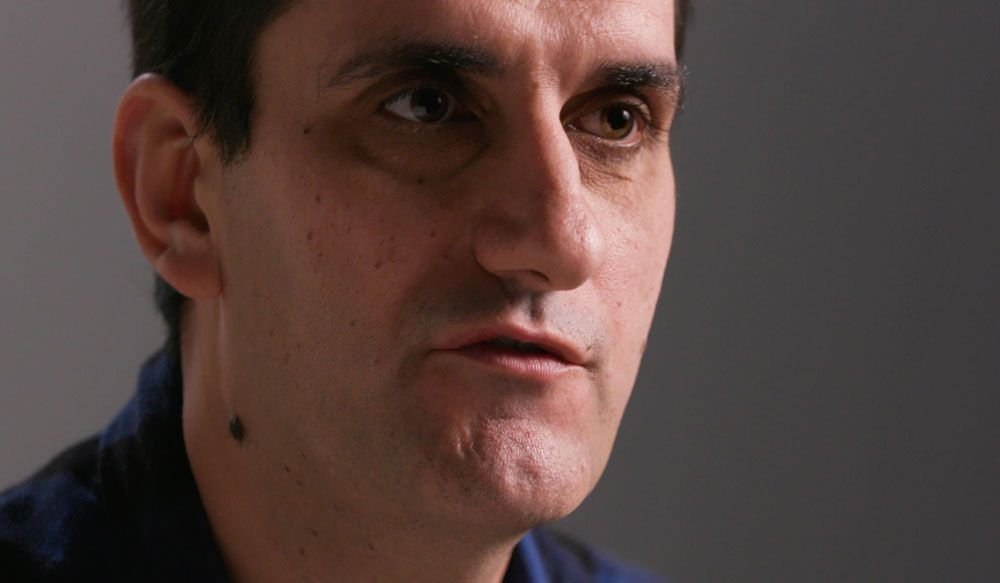











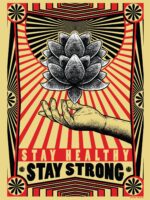
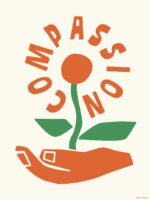


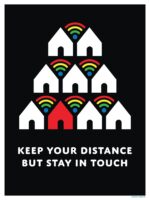

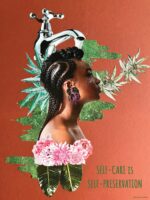









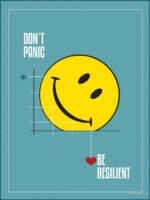



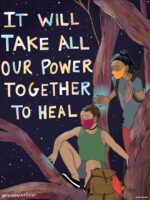






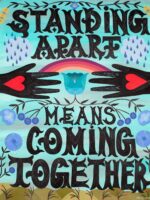



Leave a Reply